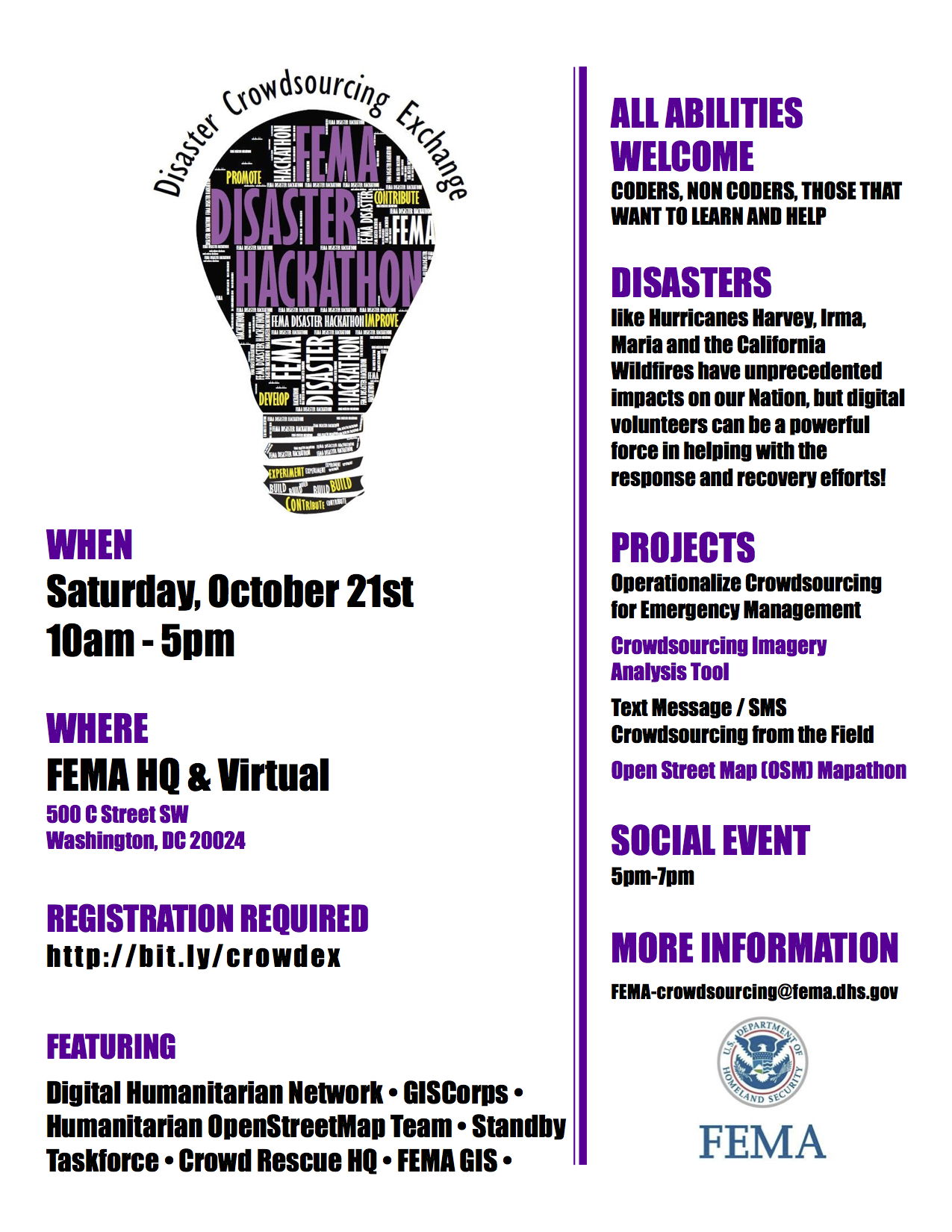The state of Queensland, Australia suffered from horrific floods in December 2010 and January 2011. Thousands of Australians expressed interest in volunteering, inundating volunteer centers and online message boards.
Recently, Volunteering Queensland offered this Submission to Queensland Floods Commission of Inquiry, which said, in part:
QUEENSLAND’S peak volunteer organisation says the vast majority of people who registered to help clean up following the floods and cyclone Yasi backed off at the last minute.
Some people backed out because they realized this was a real commitment of time, and they couldn’t make that real commitment. Some dropped out because they could not donate a significant amount of time – an hour or two when you might have some time eventually is usually not enough for such a situation. Some backed out because they really were not prepared to volunteer (they hadn’t set up child care, time off from work, transportation, etc.).
Seasoned volunteer managers, of course, aren’t surprised. Even in a non-disaster situation, we have come to expect at least 50 percent of people who express interest in volunteering to drop out. That’s why many volunteer managers, including myself, insist on at least a bit of screening before a volunteer is placed into an assignment, so that drop outs happen in the screening process, not after the assignment is given and we’re counting on those volunteers.
Martin Cowling has done a great blog about this Queensland report, and I encourage you to head over to it, read it, read the comments (yes, I’ve commented there) and respond yourself.
Here is a resource I created following the oil spill in the Gulf of Mexico in 2010, Volunteering To Help After Major Disasters, which I’ve regularly updated at least monthly every since, per the over-whelming number of posts to places like YahooAnswers by people who want to volunteer following a disaster (earthquake, hurricane, tornado, tropical storm, flood, tsunami, oil spill, zombies, etc.). It’s become one of the most popular pages on my web site, despite being posted as almost an after-thought and being focused on people that the majority of my web site is not focused on (it’s not even linked from my home page!).
Tags: volunteering, volunteers, relief, disaster, response, spontaneous, episodic, microvolunteer, microvolunteering. communications, public relations, engagement, engage, community, nonprofit, NGO, not-for-profit, government, outreach, staff, employees, civil society, floods, tornadoes




